Body Worlds & The Cycle of Life
Friday, 19 July 2013BODY WORLDS was a most extraordinary journey. The grade 9 Natural Science Group, the grade 10, 11 and 12 Life Science Group and the grade 10, 11 and 12 Physical Science Group visited the exhibition at Sci-Bono Discovery Centre in Newtown, Johannesburg on 19 July 2013. BODY WORLDS was unlike any exhibit before. Just as the bodies (in the exhibit) blur the line between life and death, the exhibit as a whole blurs the line between science and art.
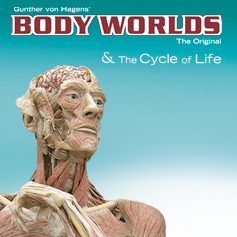
The specimens showed how the body works when it is healthy and how it breaks down when it is not.
We learnt about Plastination; a ground-breaking method for specimen preservation invented by Dr. von Hagens in 1977. The real human specimens, including whole-body plastinates, individual organs, organ configurations and transparent body slices on display, stemmed from the body donation program that Gunther von Hagens established in 1983.
To date, more than 37 million people around the world have viewed the BODY WORLDS exhibits.
Each plastinate is posed to illustrate different anatomical features. For instance, the athletic poses illustrate the use of muscle systems while playing sports. The poses allow the visitor to relate the plastinate to his or her own body.
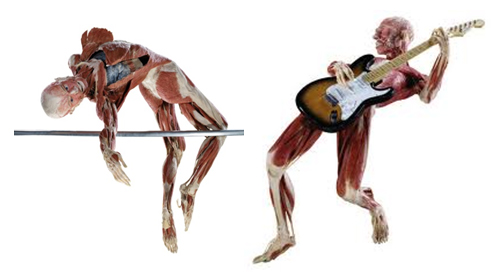
The Cycle of Life focused on the human life cycle and ageing – from prenatal development and infancy, to childhood and adolescence, to youth, adulthood, and old age.

The story of the heart revealed how the heart
nourishes,
regulates and sustain life.
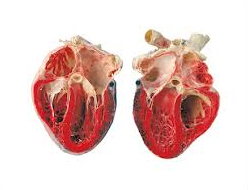
And here's an MRI-scan of the brain.
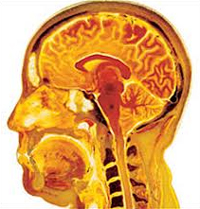
BODY WORLDS Vital told the compelling story of how best to defeat life-threatening diseases – such as cancer, diabetes and heart ailments – through informed choices and lifestyle changes.
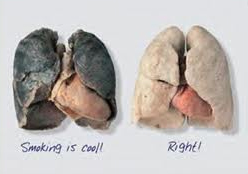
Couldn’t we learn just as much from books or models of human anatomy? Definitely not. Real human bodies show the details of disease and anatomy that cannot be shown with models. They also allow us to understand how each body has its own unique features, even on the inside. Visitors are drawn to real specimens in a way that they are not to plastic models. One of the special features of museums and science centres is that they offer people a chance to see the real thing in a safe and informative environment.
